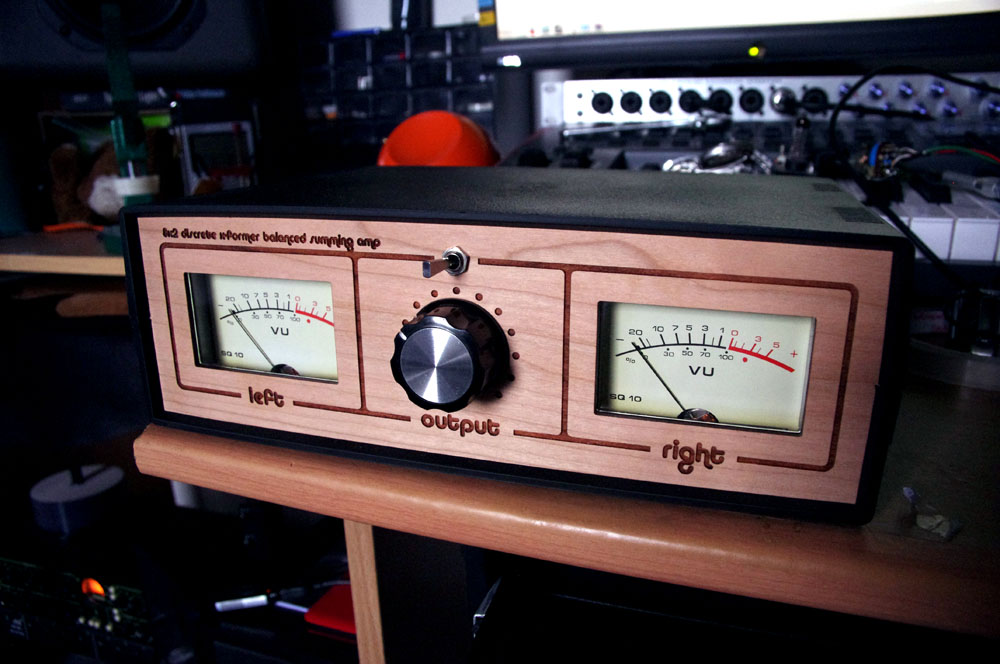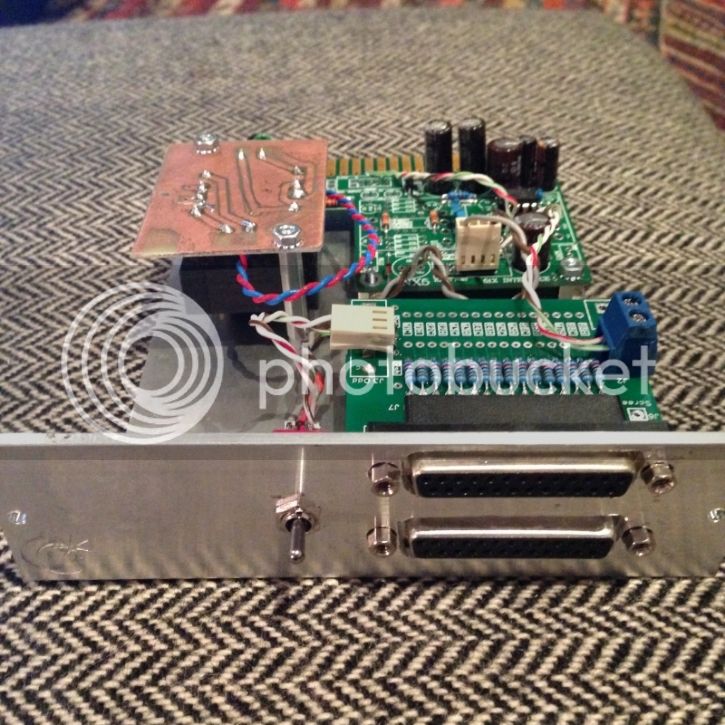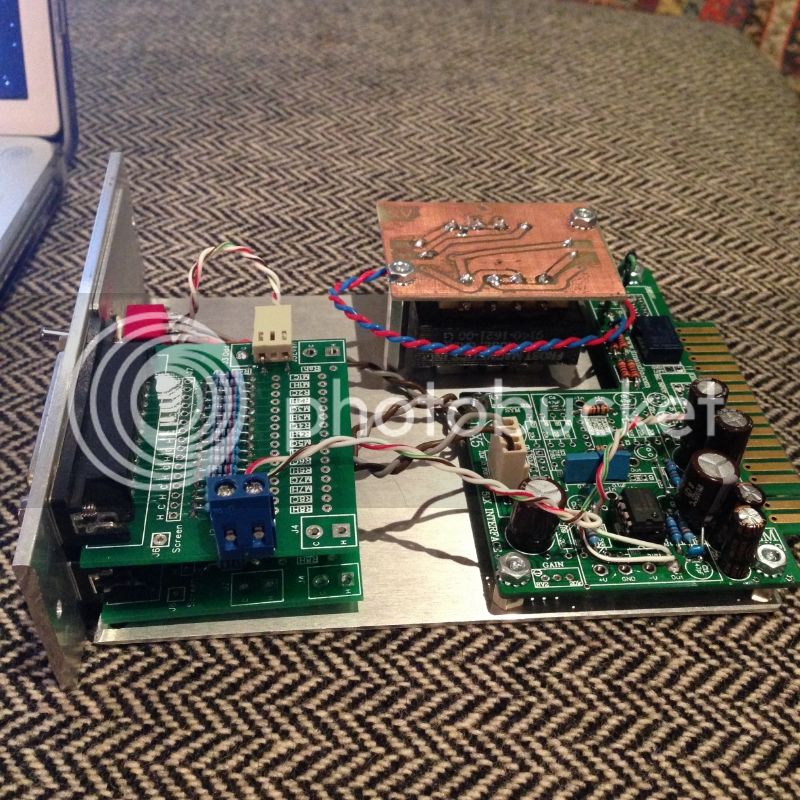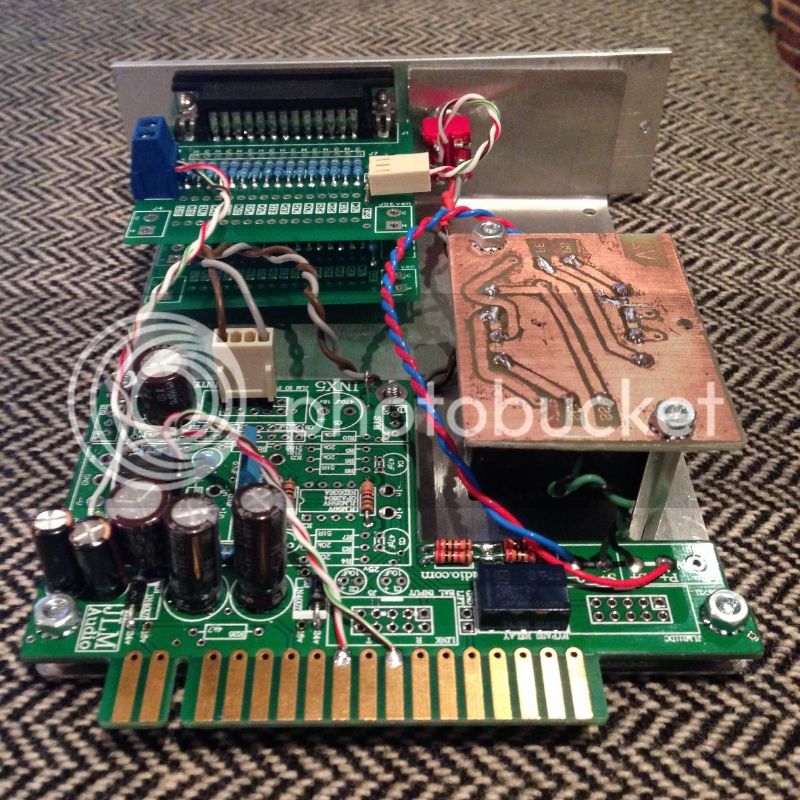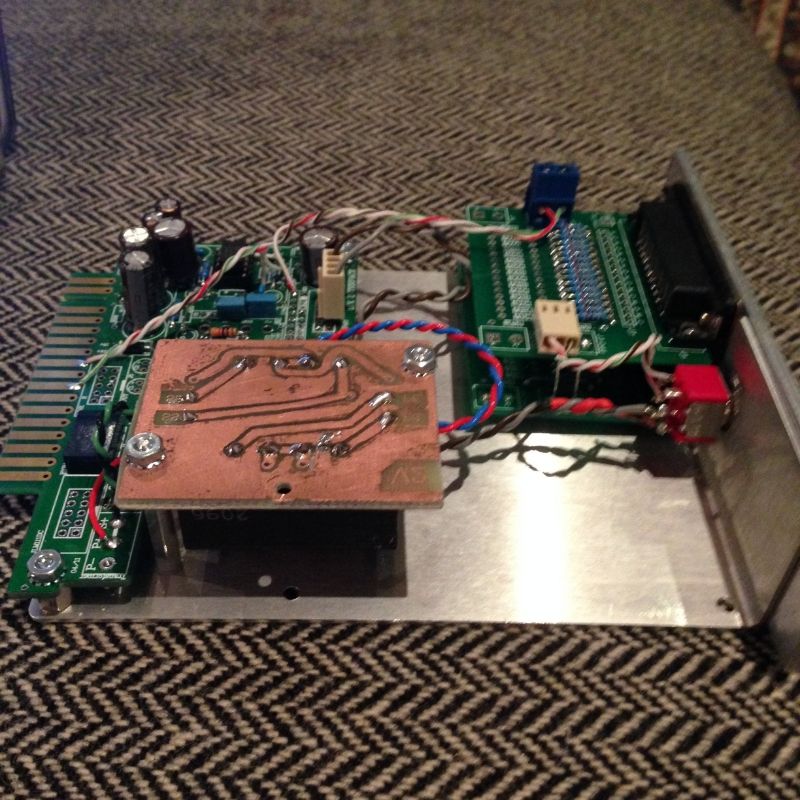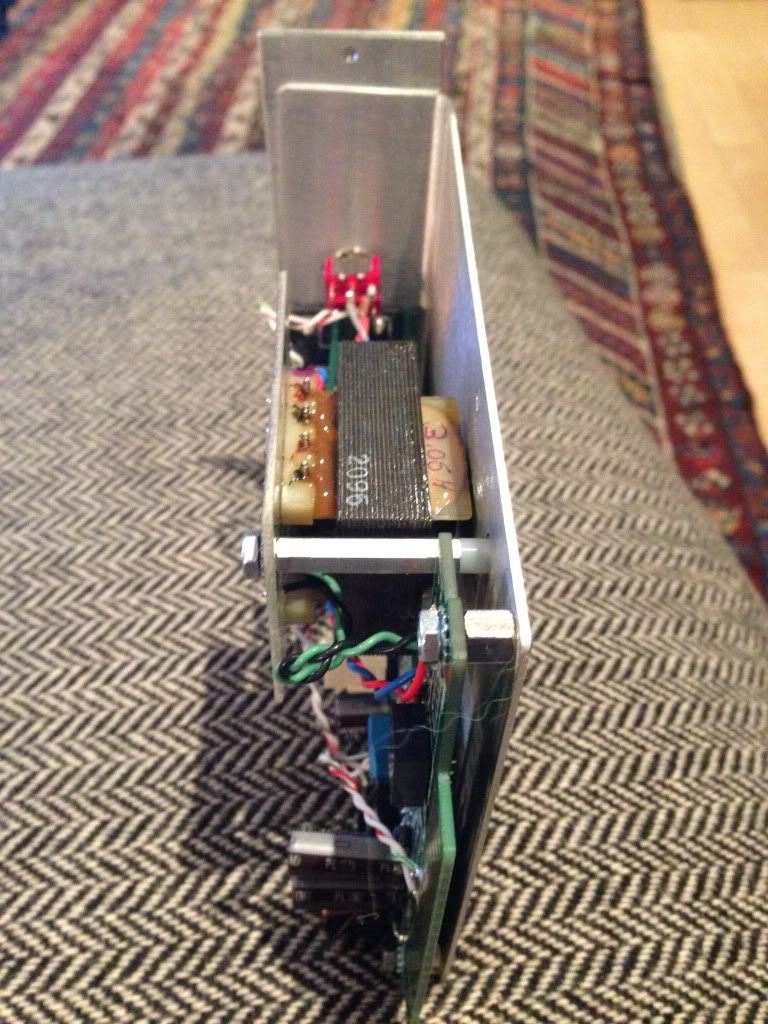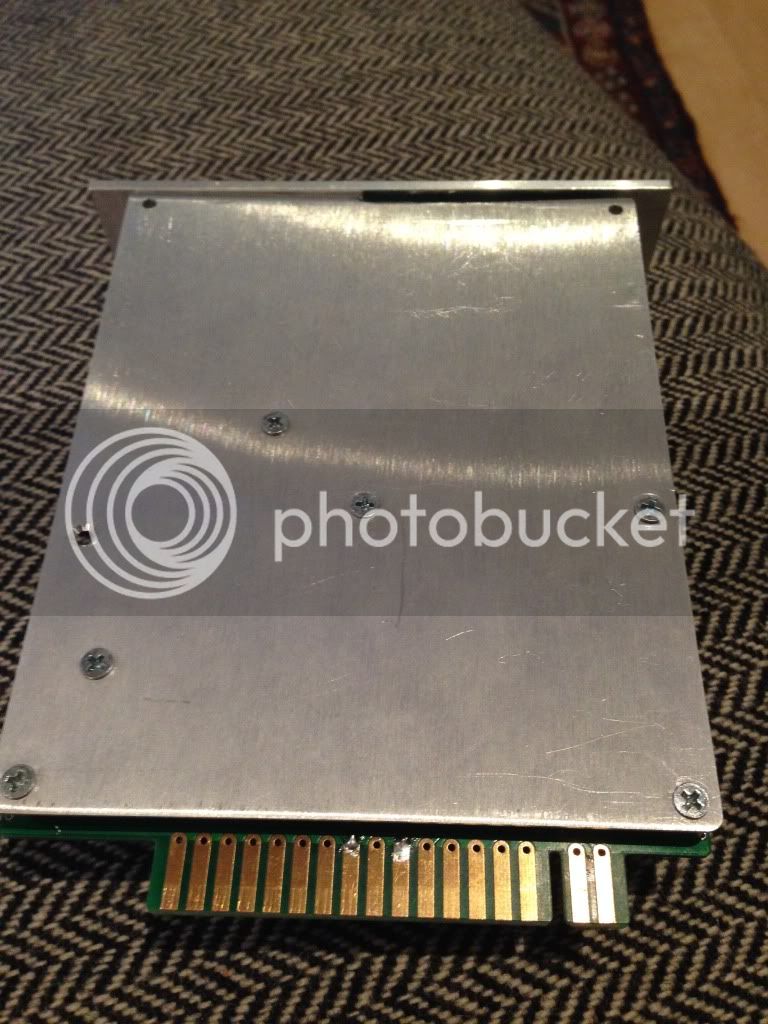AudioHammer
Well-known member
bruce0 said:I would like to see a 2 space 500 module, with 2 Dsub25 boards mounted on the faceplate.
Those will fit with JLM audio INX5 500 series dingo cards, which can be pretty easily configured for virtual earth summing, with a second stage to re-invert (with or without transformers) and adjustable gain.
Then a spot for 2 Gain knobs or a concentric one for left and right or gain and balance.
The boards fit, that is what I am building now, but would love to have faceplates.
My plan is to make it 16 channel summing, and have the gain knobs have switched positions based upon the number of active channels (gain changes with different numbers of channels).
I figured 18 channels (I was planning to wire in the back two inputs manually). The outputs are on the back.
But I realize this is a little "500 specific".
I have measured, and your cards will fit in front of the INX5 cards.
Prototyping now, will post pics when done... behind a few projects.
b
I would like to see pictures of your build. Can you draw a schematic of how you configured the INX5 cards? What did you use for output transformers?
Audiohammer




